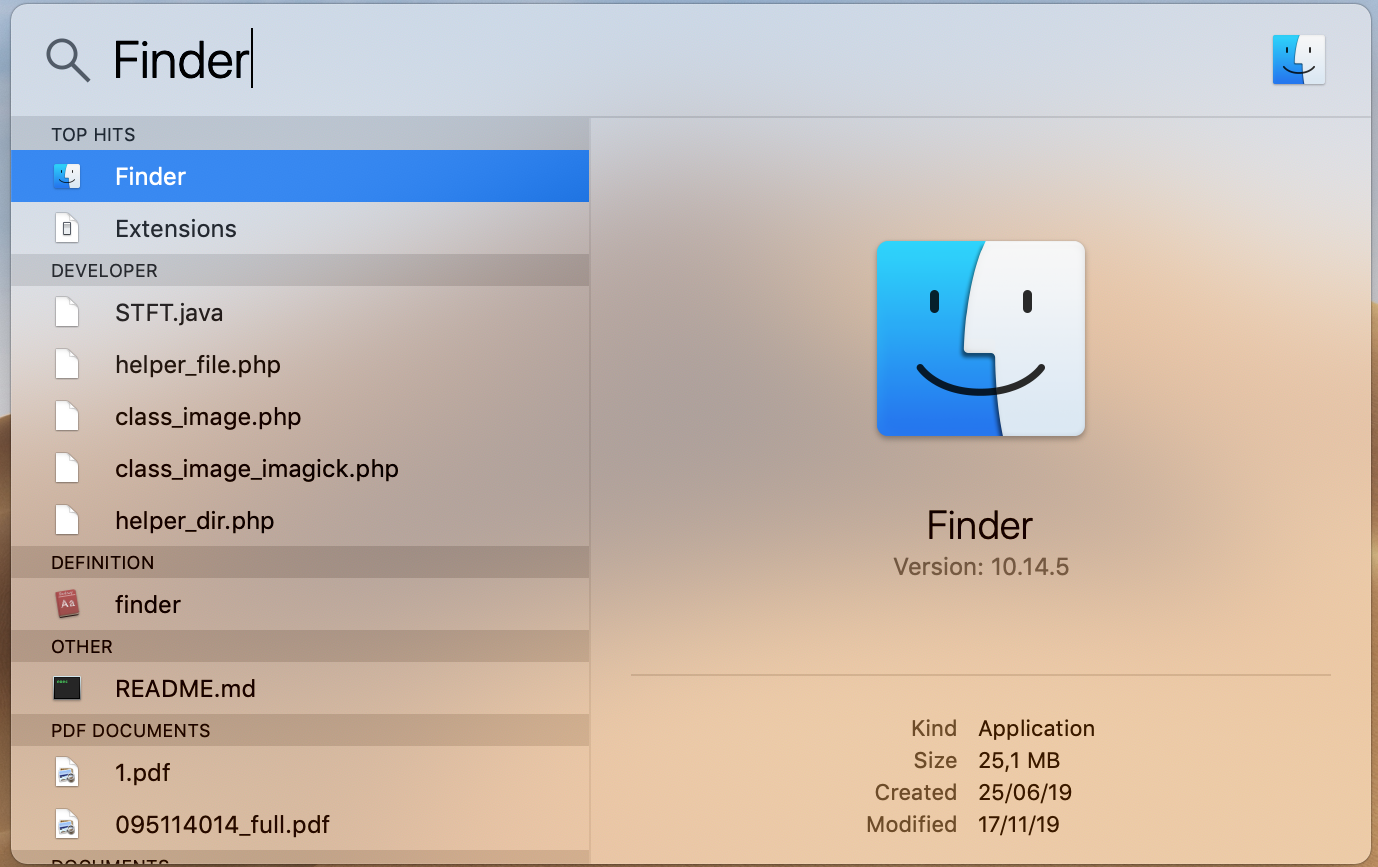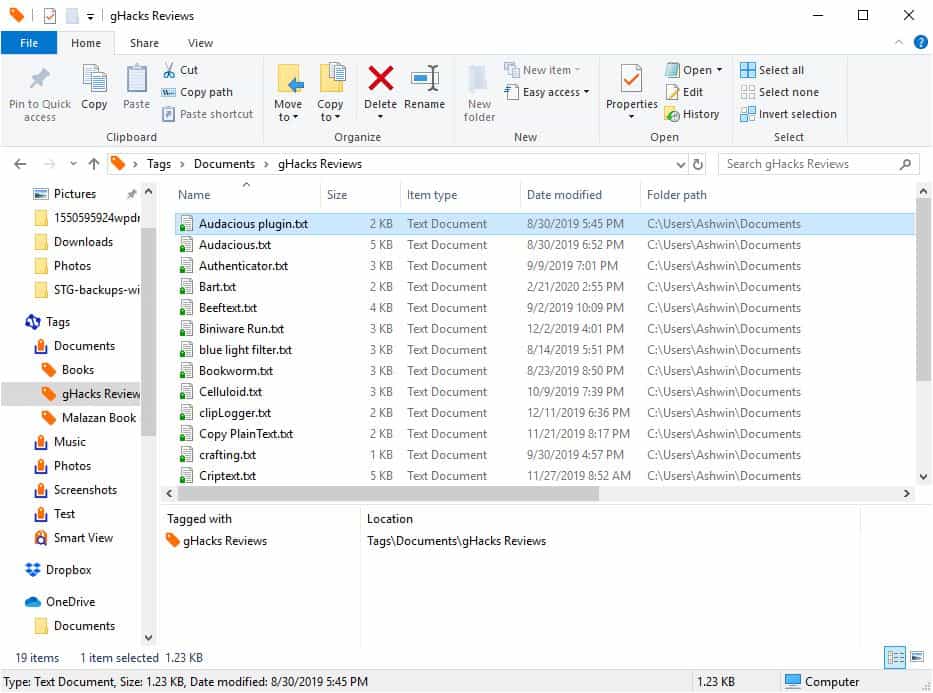

Then press the designated right mouse button, and you are presented with a context menu with such options as open, open with, which allows you to select another application other than the default one associated with the file, and the option to unzip a file if it is a. To do so, select an item, press jaws key+jaws cursor to route the jaws cursor to the pc cursor. To access more options not found on the menu bar, it is necessary to perform a right mouse click on a selected item. The windows explorer also is the place to locate and compress or decompress a file or folder. You also have the send submenu, which allows for sending the selected item as an email attachment and a few other options, depending on your hardware. The file menu gives you several options such as the new submenu, which allows for creating a new folder, new desktop shortcut etc. There is an ever-present menu bar available in the explorer. The explorer also allows you to move, copy, delete, and rename folders. You can copy a file to a new location, move it to a different location or delete a file. The explorer can also be used to move files and delete files.

docx file and pressing to open it will launch Microsoft word with the chosen document opened. You can launch applications that are installed on your machine and open files in there designated application. Within the explorer, you can move through your computer’s hard drive as well as any external storage devices. Pressing windows key+e will open the windows explorer, as well as opening any of your start menu or desktop shortcuts that point to different locations in windows, such as your documents folder. Windows explorer is where you find yourself when browsing your user folder, the computer window, and even the control panel is displayed in a windows explorer window. The default method for accessing files on your windows machine is by using the windows explorer. It does not need to be this way and in this post I will show you how to work with your files and folders on both platforms.įor help with this post I have enlisted the help of one of my team members hear at Fedora Outlier DaMashe, who is a Windows expert and he has written up the following about Windows Explorer.

When someone makes the switch from using a Windows computer to using a Mac they will undoubtedly find themselves getting confused by the Finder. In this weeks post of the Switching to a Mac from Windows series I would like to show you all how the Windows Explorer and the Mac Finder are alike.


 0 kommentar(er)
0 kommentar(er)
